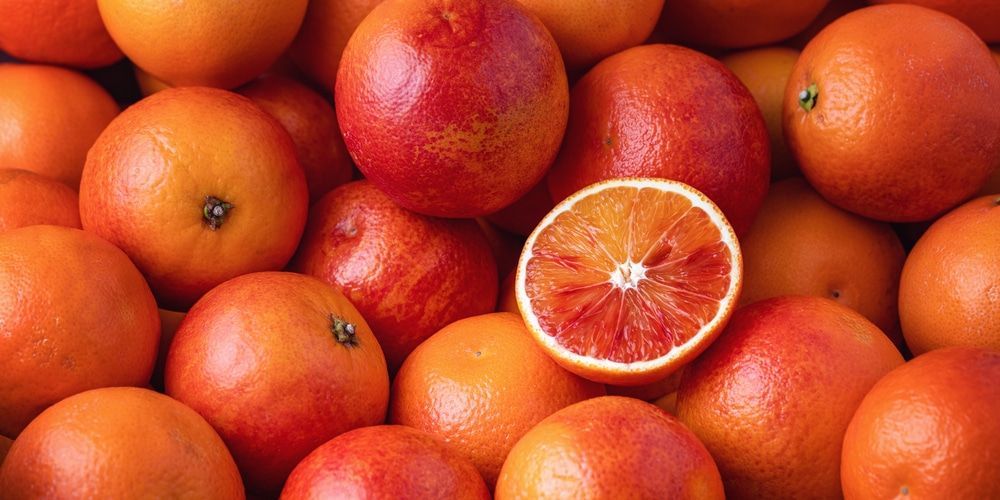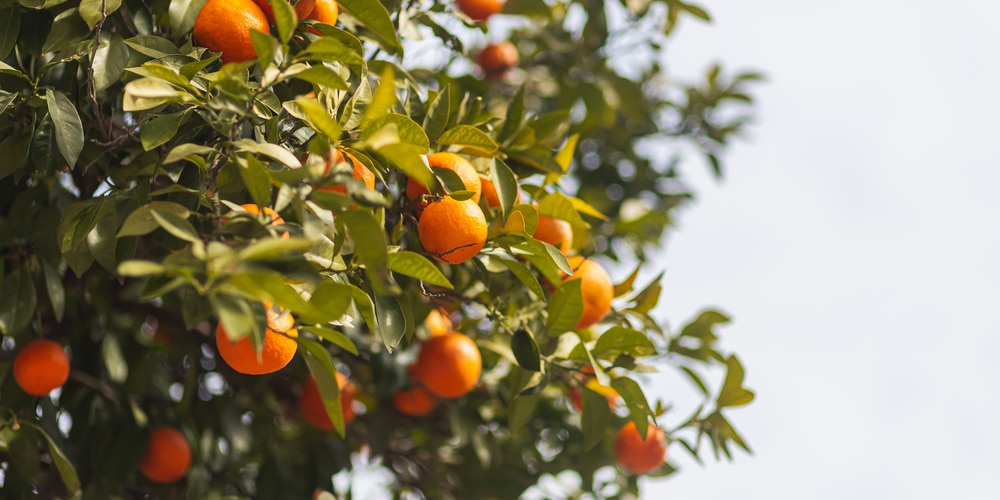Blood oranges are curiously-colored citrus fruits that have a unique taste. To those who are wondering, ‘can you grow blood oranges in Florida?’, you’re in luck- they’re a highly popular variety and grow quite vigorously given the right conditions.
Can You Grow Blood Oranges in Florida?

Blood oranges are citrus trees that love the warm and temperate climate. In the US, they’re primarily grown in Florida and California and sport a reddish tinge in their outer and inner flesh. They’re different from the usual oranges in that they have a raspberry-like edge.
You shouldn’t have any problems when deciding to grow blood oranges in FL. The state has a warm enough climate and plenty of sunshine to give the tree what it needs to thrive and produce an abundance of fruits.
Blood orange trees prefer a temperature range from 55 to 85 degrees F. What you may not know is that they can be brought indoors as well, as long as you provide enough light and the temperature is around 65 degrees F.
You may be wondering what zones do blood oranges grow in. Well, it can be planted in USDA zones 9 to 10, and for those who live in colder regions, you can have it grow indoors during winter and frost. Then, you can transfer it outdoors once the danger of frost has passed.
The things you have to remember when growing blood oranges are few. Just keep in mind that they are of the citrus variety, which means they prefer full sun and deep soil with plenty of compost. Although they’re classified as trees, the branches are relatively thinner and more fragile and thus require shelter from strong winds.
The good news is that you can plant blood oranges anytime during the year if you live in Florida. Just follow growing and care instructions, and the tree will do everything else and give you bountiful harvests after three to five years.
Blood Orange Care and Growing Requirements
Deciding to grow a blood orange tree in your yard or garden is a good option if you want to enjoy delicious and juicy blood oranges harvested straight from your home. They’re easy to grow, and the Florida climate should be more than enough to make it work.
For the best chances of succeeding, it’s recommended that you plant blood orange in late March and when the risk of frost has passed. Pick a spot that gets all-day sun so it will grow to its full potential. Regardless of whether you put them in your yard, a bed, or, a container, put them in well-draining soil so the roots will grow healthy.
When burying the sapling you should only plant the roots and not any part of its trunk. Water in and keep the soil most for about 2-3 days until it’s established and shows signs of growth. At this point, you can add mulch and clear the weeds surrounding the plant so it retains moisture and won’t have competition.
Afterward, water only once a week and skip if there’s been rainfall. You can add organic fertilizer about three or four times annually so it will grow strong and produce healthy fruits.
Blood Orange Tree Maintenance and Pruning
Take good care of your blood orange plant and it will crop in mid-season and winter. Growers should be patient and wait until February before picking the orange so it will have the best possible taste and color.
You can prune blood oranges starting at the tip to reduce their height. For those that are in pots or containers, you can cut it back to a third the size of its roots and replace the soil with new material. If you notice yellowing leaves then it might be a sign that you’re feeding your plant too much fertilizer or water.
This type of fruit tree likes humidity, something that Florida already has. Indoors, you can supplement with a flat dish filled with pebbles and water to keep your plant happy and thriving. Don’t forget to meet its light requirement so it will continue to grow to its full potential.
As a parting note, how well your blood orange tree lives will depend on the care you give during establishment and its first year.
